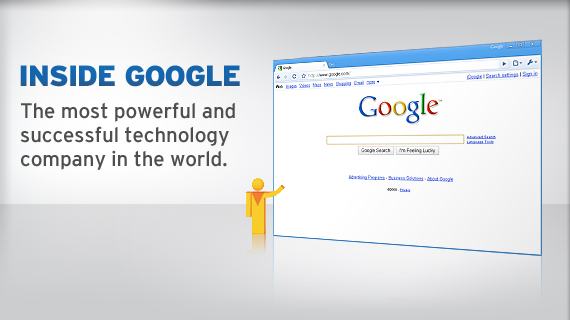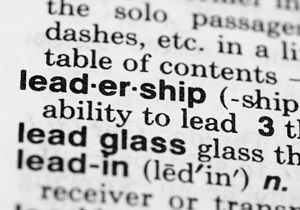Visual Search - Merging the Physical & Digital
/ The merging of the physical and digital worlds continues and Google Goggles is but another example of how the surge in mobile devices, GPS, Internet ubiquity, and more powerful search technologies are coming together to deliver new experiences and new business opportunities.
The merging of the physical and digital worlds continues and Google Goggles is but another example of how the surge in mobile devices, GPS, Internet ubiquity, and more powerful search technologies are coming together to deliver new experiences and new business opportunities.
The implications are profound and can be humorously reflected upon by taking some time to watch this demo from Pattie Maes' MIT lab, which got a lot of buzz at TED a few years ago. Imagine "Minority Report" and then some.....
As Harmut Neven, the project manager of the product explains:
Imagine you’re a tourist and you arrive at this place and you want to know more about it. All you will have to do is take a picture of the sign. We send the information up to the server and we recognize this as the Santa Monica pier. The idea is you see something that interests you, you whip out your camera phone, take a picture of the object of interest, and this will trigger a Google search.
As the Android Guys among others, recently noted, Google is working on an incredible technology called “visual search” by tying the cameras in handsets to Google’s search engine. Imagine being able to take a picture of something and getting instant results back on your phone. See the Google explanation in the video below.
A recent “Inside the Mind of Google” special, aired on CNBC, showed aspects of the development process. Before Goggles can hit the market, it will go through Google's testing process; requiring roughly 20,000 employees to “dog-food” the service and put it through the paces.
Below is an interesting video demonstration of Google Visual Search. Fascinating.....












